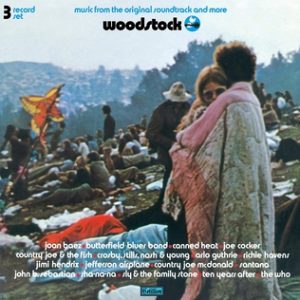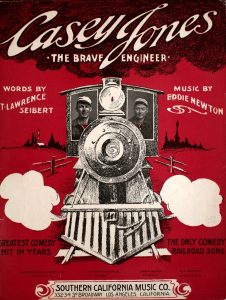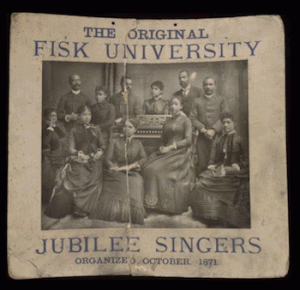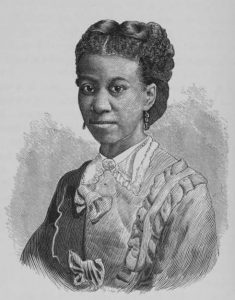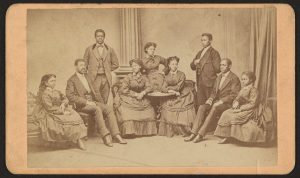In 1969, there was a massive gathering of young people from around the United States in the small town of Bethel, New York, on an old man’s dairy farm. This was, of course, Woodstock. American teens and young adults came from all over to hear groups like Canned Heat, Crosby, Stills, Nash & Young, Santana, Sly and the Family Stone, and many more. Naturally, the organizers of Woodstock were intent on recording it, as when else could so many incredibly artists be heard in one place?
Woodstock was a culmination of the American Counterculture movement of the 1960s, a large part of which was promoting peace and love as opposed to the stark contrast of the Vietnam War going on at the time. Many of the songs on the Album have themes of America, notably Jimi Hendrix’s performance of the Star Spangled Banner, and some form of, to quote School of Rock, “Sticking it to the Man”. The festival was also notably chaotic, with the record featuring, on Side three, immediately after “With A Little Help From My Friends”, performed by Joe Cocker, “Rainstorm, Crowd Sounds, Announcements, & General Hysteria”. There was also a “Crowd Rain Chant”, in which there was a lot of percussion and yelling, and shouting of “Peace! Peace! Peace!”, which was an interesting form of protest to me, as the civil rights movement, at the time, was marked by events such as the assassination of Rev. Dr. Martin Luther King Jr. the year before, and the black student protests at various universities around the nation.
This entire album could be classified as protest music. The music of Woodstock is strongly connected by themes of peace, Patriotism, and protest. Especially at a time when the Vietnam war was becoming increasingly and increasingly unpopular. At the same time, the Southern Civil Rights Movement was coming to a close after the Assassination of Rev. Dr. King. There were many things to protest. So, the attendees of Woodstock chose to protest everything.

